Sweat Test PDF

| Title | Sweat Test |
|---|---|
| Course | Maternal Child Health Nursing |
| Institution | Rasmussen University |
| Pages | 1 |
| File Size | 82.1 KB |
| File Type | |
| Total Downloads | 48 |
| Total Views | 123 |
Summary
sweat test...
Description
ACTIVE LEARNING TEMPLATE:
Diagnostic Procedure
Tawzer STUDENT NAME Cheyenne _____________________________________ Sweat Test PROCEDURE NAME ____________________________________________________________________
REVIEW MODULE CHAPTER ___________
Description of Procedure A sweat test measures the amount of chloride, a part of salt, in sweat. It is used to diagnose cystic fibrosis (CF). In the first part of the test, a colorless, orderless chemical (pilocarpine) and a little electrical stimulation is applied to a small ear of the arm or leg to encourage the sweat glands to produce sweat.
Indications A chloride sweat test is ordered for kids with positive newborn screening for CF, a family history of CF, or symptoms of the disorder. Symptoms include failure to grow, repeated lung infections, and digestive problems.
CONSIDERATIONS
Nursing Interventions (pre, intra, post) Pre: educate client on dos and don'ts before the procedure Intra: Explain what is taking place before beginning, make sure that rules have been followed, set all needed supplies up before beginning. Post: Monitor client for adverse affects of the procedure, then discharge home.
Interpretation of Findings A normal chloride level is 96 - 106 mmol/LA chloride level less than or equal to 29 mmol/L means that CF is unlikely regardless of age. A chloride level between 30 - 59 mmol/L means that CF is possible and additional testing is needed. A high chloride level indicates a positive result.
Potential Complications This test poses very little risk of complications. The electrical current may cause the child's skin to be rest or to sweat excessively for a short period of time. In rare cases, the skin may look slightly sunburned.
ACTIVE LEARNING TEMPLATES
Client Education No special preparation is needed before having or after this test, besides the fact that you can not apply creams or lotions 24 hours before the test. The child may eat, drink, and exercise normally. They may also take any and all medication as prescribed.
Nursing Interventions Notify health-care provider of any critical findings and/or symptoms, educate client about procedure and what is to be expected, duplicate testing may be needed.
THERAPEUTIC PROCEDURE
A3...
Similar Free PDFs

Sweat Test
- 1 Pages
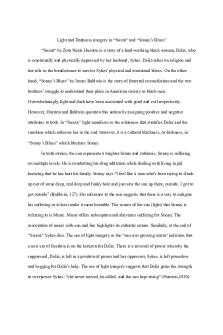
Sweat Hurston - Grade: A
- 5 Pages

Sweat+It+to+Shred+It+-+Sarah\'s+Day
- 92 Pages
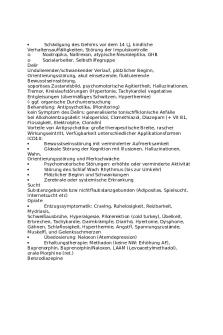
Test - test
- 1 Pages
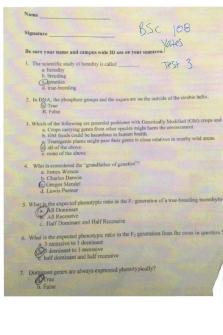
Yates Test 3 - Test
- 7 Pages
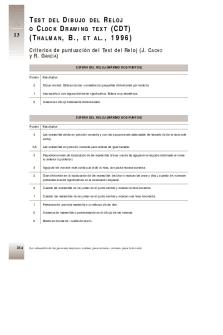
Test-reloj - test
- 4 Pages
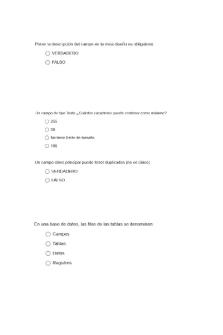
Test Access 2010 - Test
- 6 Pages
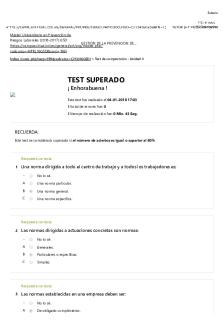
Resultado Test 842 - TEST
- 2 Pages
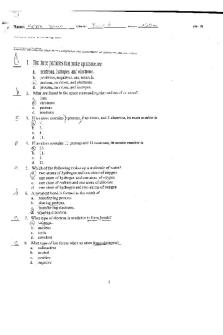
AP. Bio. Test - test
- 4 Pages
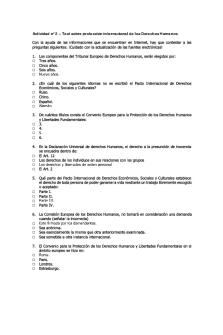
Test
- 4 Pages
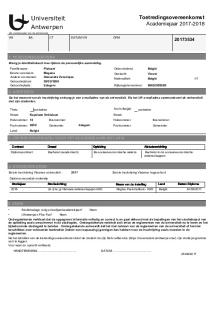
TEST
- 1 Pages

Chapter 4-test - test
- 23 Pages
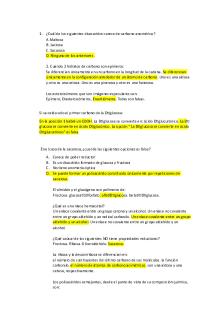
Test preguntas - test
- 4 Pages
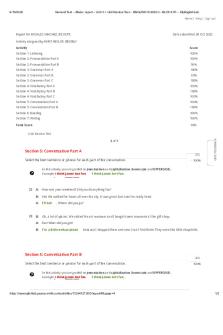
Test 3 - 5 - test
- 2 Pages
Popular Institutions
- Tinajero National High School - Annex
- Politeknik Caltex Riau
- Yokohama City University
- SGT University
- University of Al-Qadisiyah
- Divine Word College of Vigan
- Techniek College Rotterdam
- Universidade de Santiago
- Universiti Teknologi MARA Cawangan Johor Kampus Pasir Gudang
- Poltekkes Kemenkes Yogyakarta
- Baguio City National High School
- Colegio san marcos
- preparatoria uno
- Centro de Bachillerato Tecnológico Industrial y de Servicios No. 107
- Dalian Maritime University
- Quang Trung Secondary School
- Colegio Tecnológico en Informática
- Corporación Regional de Educación Superior
- Grupo CEDVA
- Dar Al Uloom University
- Centro de Estudios Preuniversitarios de la Universidad Nacional de Ingeniería
- 上智大学
- Aakash International School, Nuna Majara
- San Felipe Neri Catholic School
- Kang Chiao International School - New Taipei City
- Misamis Occidental National High School
- Institución Educativa Escuela Normal Juan Ladrilleros
- Kolehiyo ng Pantukan
- Batanes State College
- Instituto Continental
- Sekolah Menengah Kejuruan Kesehatan Kaltara (Tarakan)
- Colegio de La Inmaculada Concepcion - Cebu

